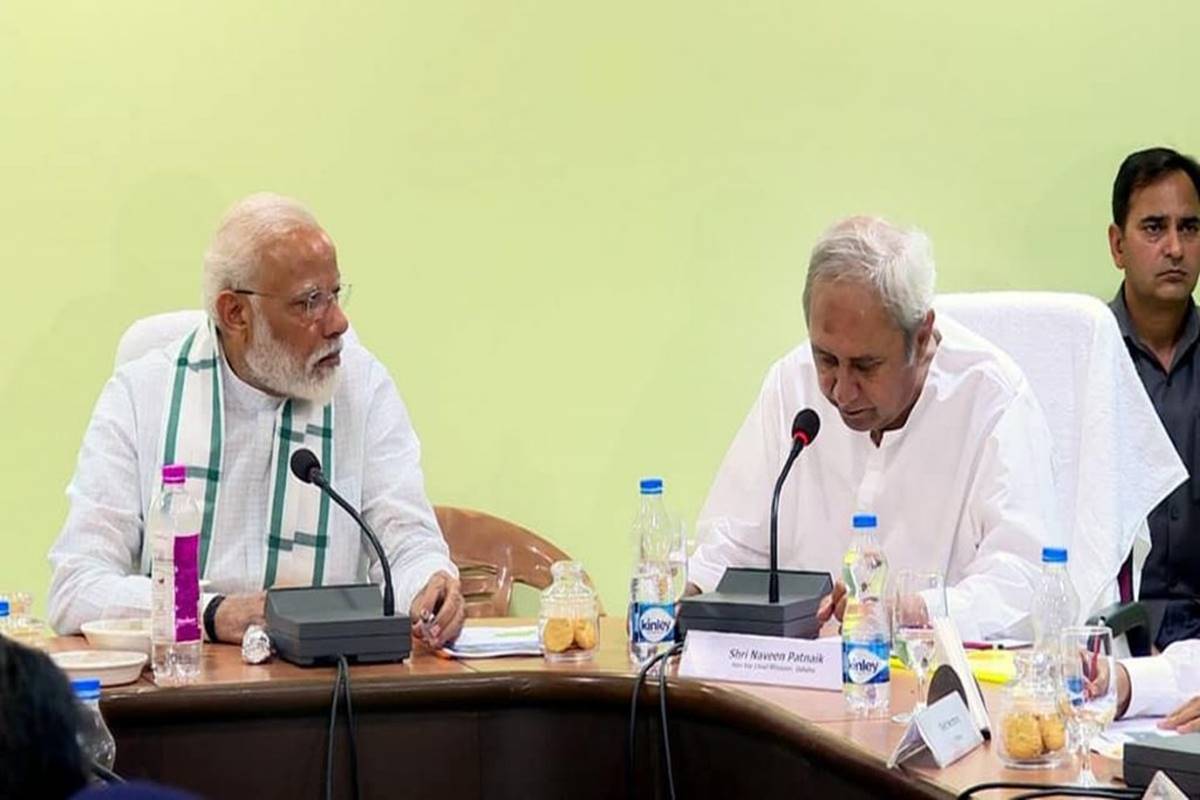Odisha, predictably enough, has voted for continuity in a spectacular endorsement of Mr Naveen Patnaik’s leadership. With yet another innings at the crease after 1998, when he ascended the”throne” after the passing of his father Biju Patnaik, the incumbent Chief Minister’s Biju Janata Dal has emitted a profoundly critical signal for the political class generally. In terms of serving as the Head of Government, he has been elected for the fifth consecutive term ~ covering a span of 25 years ~ and is indeed inching towards the record set by Jyoti Basu and Sikkim’s Pawan Chamling.
It might be tempting to attribute his success to the stellar performance of his government in the aftermath of Cyclone Fani. Not quite; the vote in Odisha predates the natural calamity and the outcome is embedded in the quality of governance and the development of the state as one of the country’s prime investment destinations. Mr Patnaik has retained his fort despite the ascendancy of the BJP in large parts of the country; the electoral strategy of Narendra Modi and Amit Shah has failed to yield dividend at the hustings.
Advertisement
The Naveen phenomenon, so-called, has proved to be more potent than the”Modi wave” and the praxis of Mr Shah. Clearly, the joint endeavour of the BJP has had limited impact in a predominantly rural state, as underdeveloped as it wallows in the mire of poverty. It is the grim disconnect between investment and almost endemic backwardness that urgently needs to be addressed.
Remarkable is the manner in which the Chief Minister has countered the Modi wave. Both the BJD and the Trinamul Congress are formidable in their respective states. But whereas Trinamul has wilted in West Bengal, Mr. Patnaik has overcome the spirited onslaught of the Bharatiya Janata Party in Odisha. His renewed triumph can largely be attributed to his judicious calibration of the campaign strategy.
Chiefly, he has been able to underline the gender factor when the political class flounders while trying to put in place a quota for women in the national and state legislatures. It thus comes about that long before the election dates were announced in March, Mr Patnaik ~ alone in India ~ had announced 33 per cent nominations for women in the Lok Sabha election.
Towards that end, he had fielded seven women candidates. This alone explains the remarkable confidence that women have reposed in the Chief Minister. To this can be added his Mission Shakti programmes for women and the special packages that included mobile phones and seed money. Notable no less was the KALIA scheme for farmers, a distressed segment in large parts of the country.
Mr Patnaik was riveted to social security and the indices of welfare. Bereft of personal attacks, his campaign style has paid off and famously so. More power to his elbow.











